When it comes to building an impressive upper body, understanding shoulder anatomy is non-negotiable. Whether you're chasing aesthetics, strength, or injury prevention, mastering the front shoulder muscle, side delts, and rear shoulder muscle anatomy gives you the edge. In this guide, we’ll break down the three shoulder muscle heads—anterior, lateral, and posterior deltoids—highlighting their unique roles and how to train them effectively.
What Is the Front Shoulder Muscle?
The front shoulder muscle, also known as the anterior deltoid, is one of the three primary heads of the deltoid muscle. Positioned at the front of your shoulder, it plays a central role in movements like pressing and lifting your arms forward.
Front Shoulder Muscle Anatomy
-
Location: Originates from the clavicle and inserts into the humerus.
-
Function: Responsible for shoulder flexion, internal rotation, and horizontal adduction.
-
Primary Exercises: Front raises, overhead presses, incline bench press.
This muscle often becomes overdeveloped compared to its counterparts due to frequent indirect activation during chest workouts. That’s why a balanced shoulder training routine is essential to avoid muscular imbalances and potential injury.
Side Shoulder Muscles: The Lateral Deltoids
The side shoulder muscles, or lateral deltoids, are what give your shoulders that coveted width and roundness.
-
Location: Originate from the acromion (part of the scapula) and insert into the humerus.
-
Function: Abducts the arm—lifting it out to the side.
-
Primary Exercises: Lateral raises, upright rows, Arnold press.
These muscles don’t get much love in compound lifts, making isolation work critical. Keeping the lateral delts strong helps with shoulder stability and aesthetics.
Rear Shoulder Muscle Anatomy: The Posterior Delts
The often-neglected rear shoulder muscle, or posterior deltoid, is key for posture, back strength, and overall shoulder balance.
Rear Shoulder Muscle Anatomy
-
Location: Arises from the spine of the scapula and attaches to the humerus.
-
Function: Shoulder extension, external rotation, and horizontal abduction.
-
Primary Exercises: Rear delt flyes, face pulls, reverse pec deck, bent-over rows.
Underdeveloped posterior delts can lead to rounded shoulders and shoulder impingement. For athletes and desk workers alike, strengthening this area is essential.
The Importance of All Three Shoulder Muscle Heads
Each head of the deltoid contributes to a full range of motion and shoulder stability. Here's a quick breakdown:
| Shoulder Muscle Head | Function | Best Exercises |
|---|---|---|
| Anterior (Front) | Flexion, internal rotation | Overhead press, front raise |
| Lateral (Side) | Abduction | Lateral raise, Arnold press |
| Posterior (Rear) | Extension, external rotation | Face pulls, reverse flyes, bent-over rows |
Training all three deltoid heads ensures structural integrity, reduces injury risk, and builds a well-rounded physique.
Tips for Effective Shoulder Training
-
Train With Intention: Don’t let stronger muscles steal the work—use lighter weights with strict form for lateral and rear delts.
-
Warm Up Thoroughly: Shoulders are injury-prone. Use dynamic warmups and resistance bands to prepare your joints.
-
Balance Push and Pull Movements: Avoid overtraining the anterior delts by including pulling exercises for the posterior delts.
-
Progressively Overload: Increase resistance or volume steadily to stimulate growth without risking injury.
Final Thoughts
Whether you're new to fitness or chasing your next PR, understanding the full scope of your shoulder muscle heads is critical. Don’t just chase the pump—train smart, train balanced, and respect the intricate front shoulder muscle, side shoulder muscles, and rear deltoid anatomy that keep your upper body strong, mobile, and injury-free.










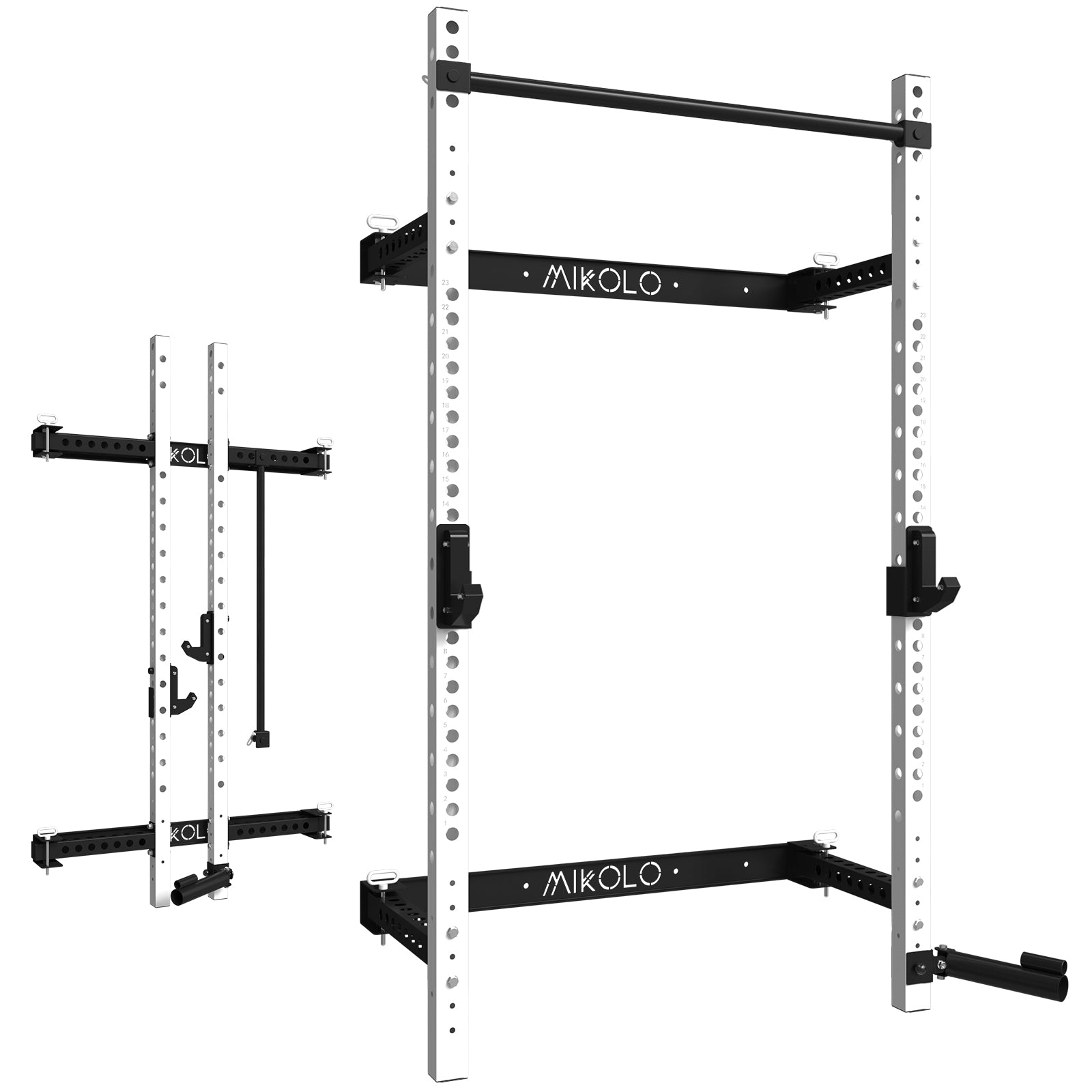




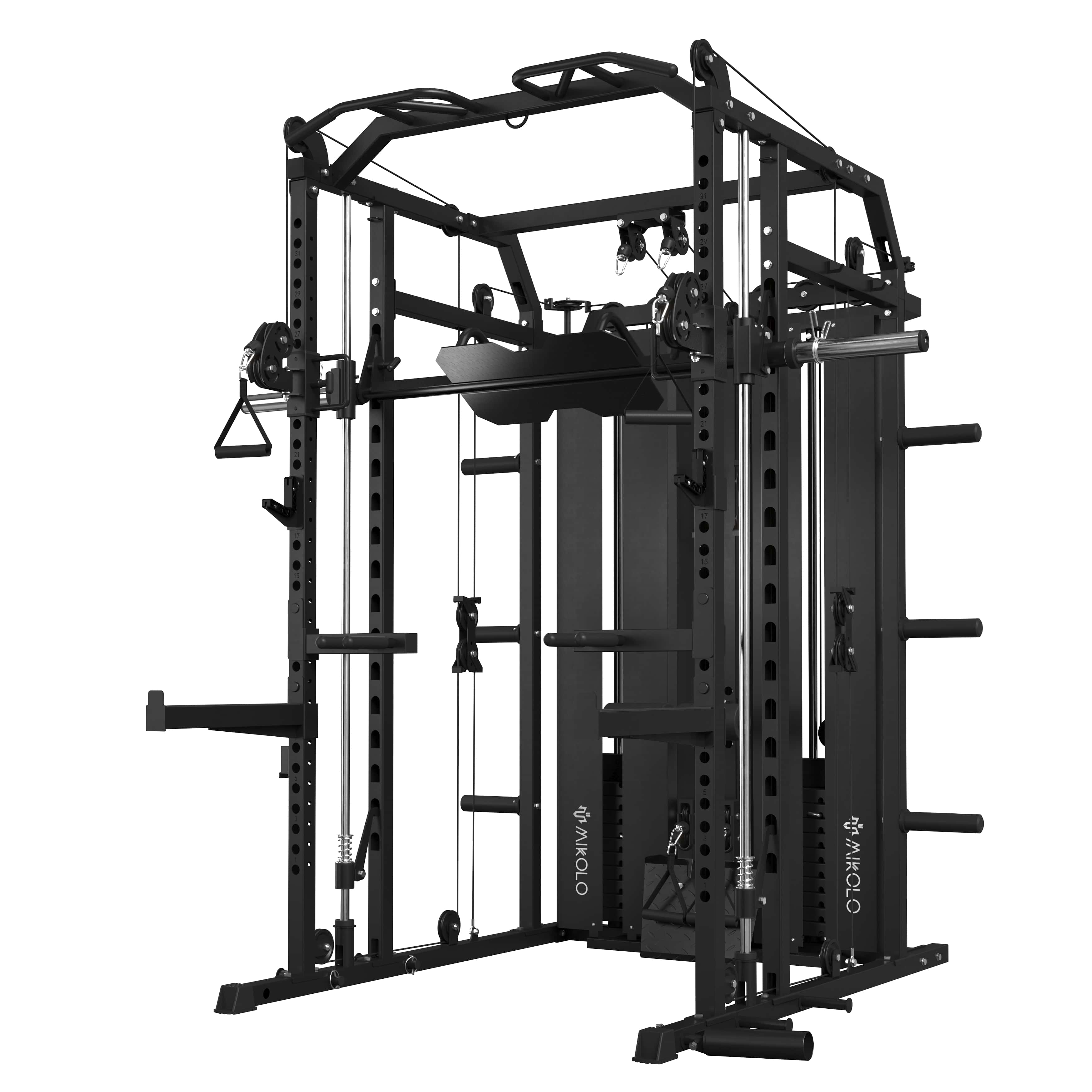


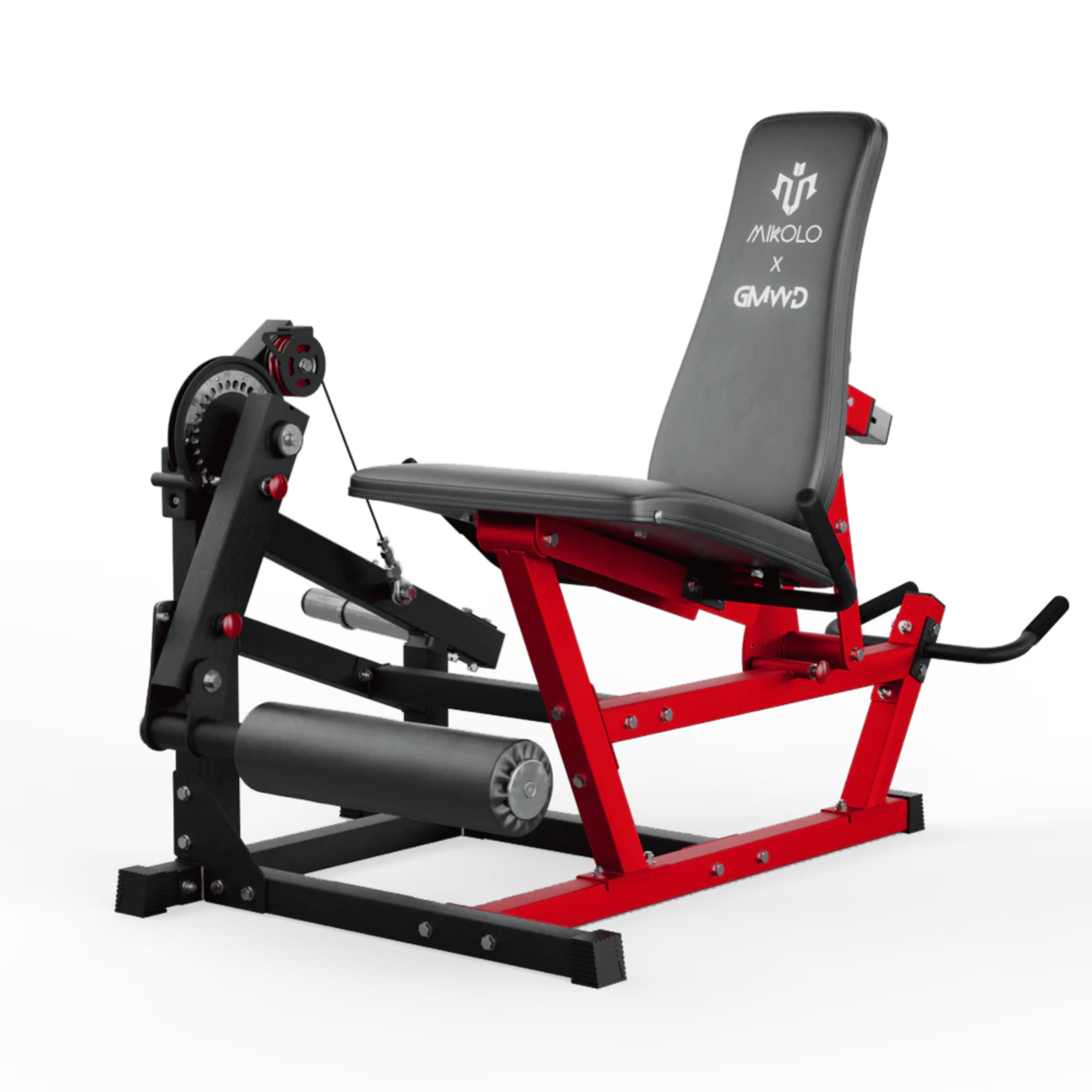
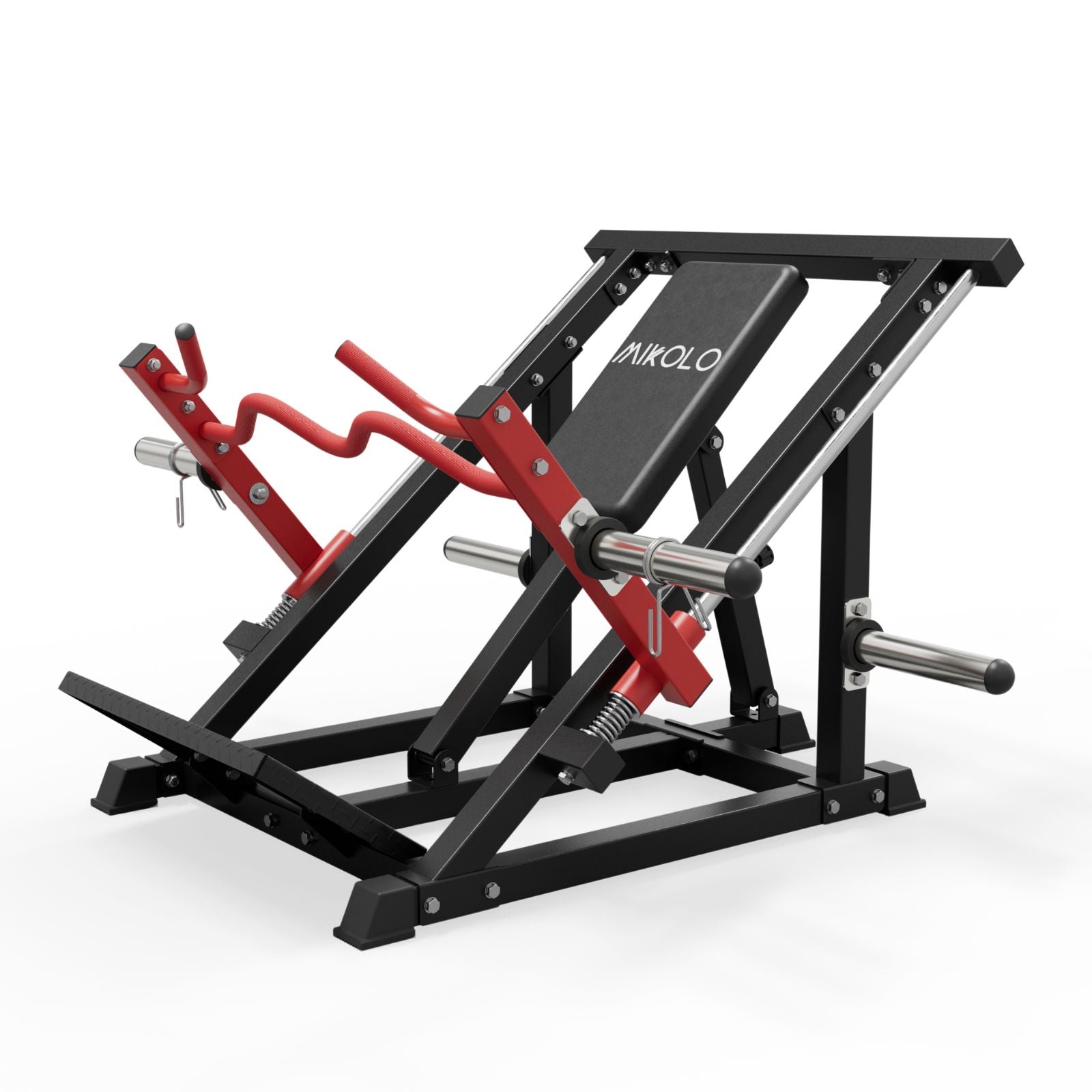
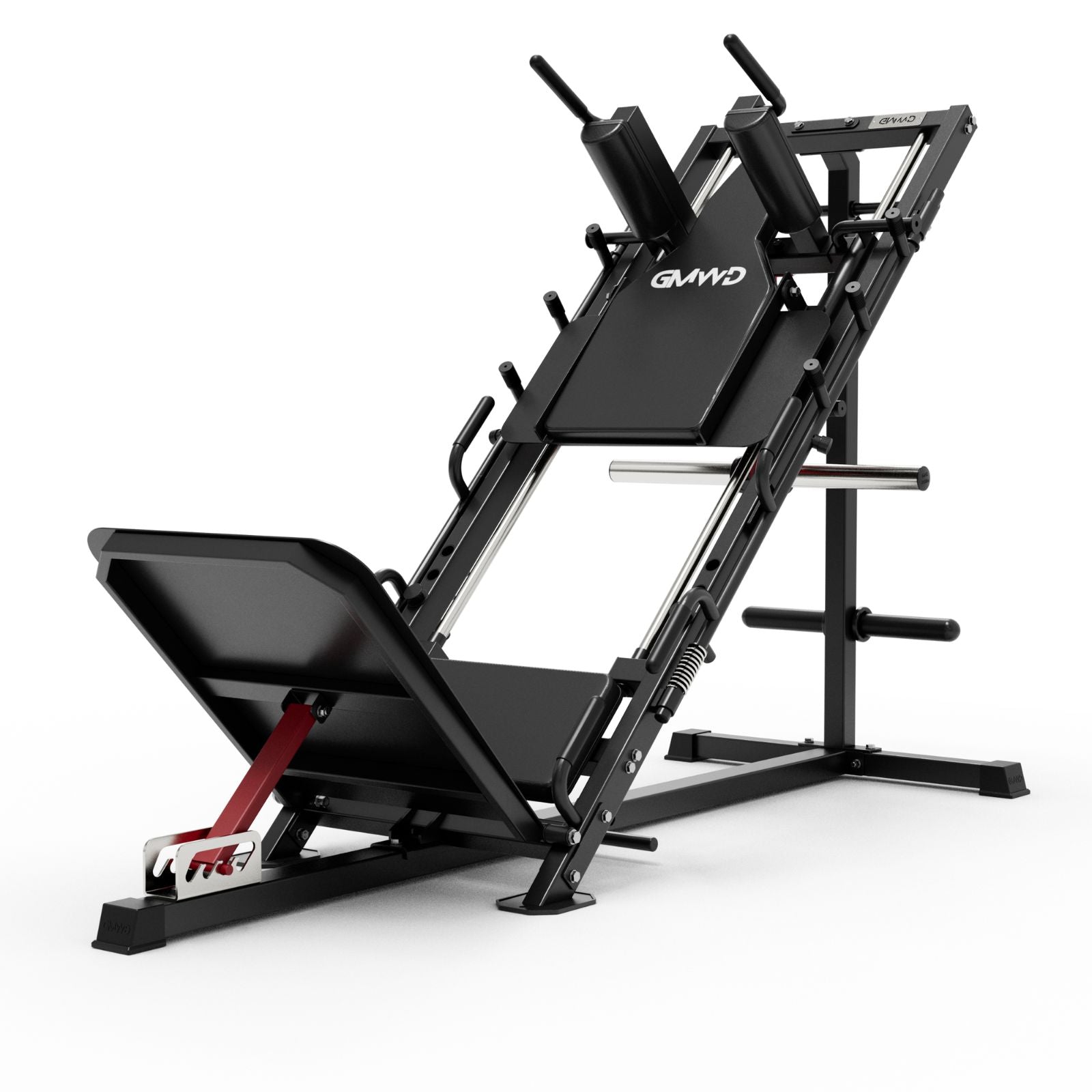








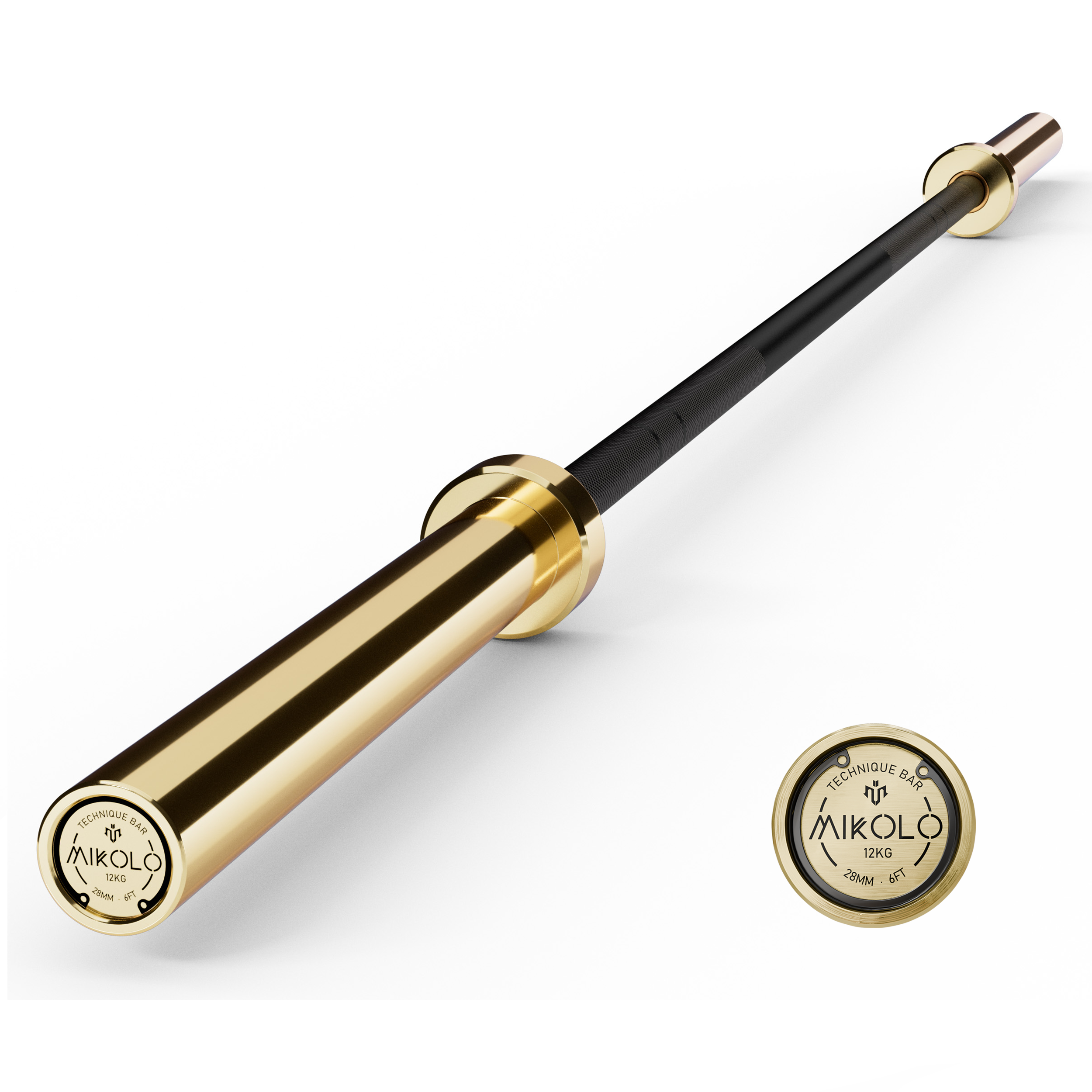


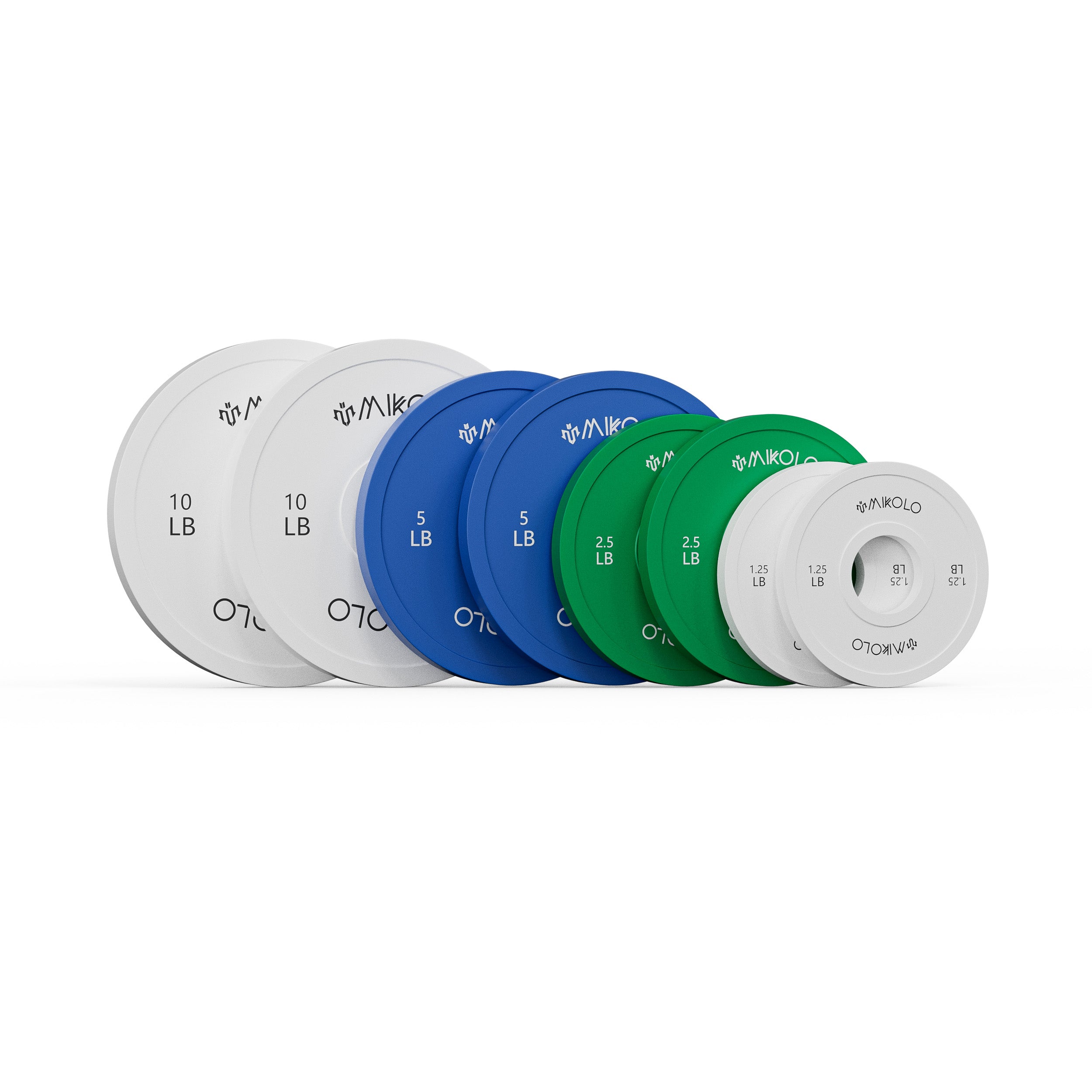
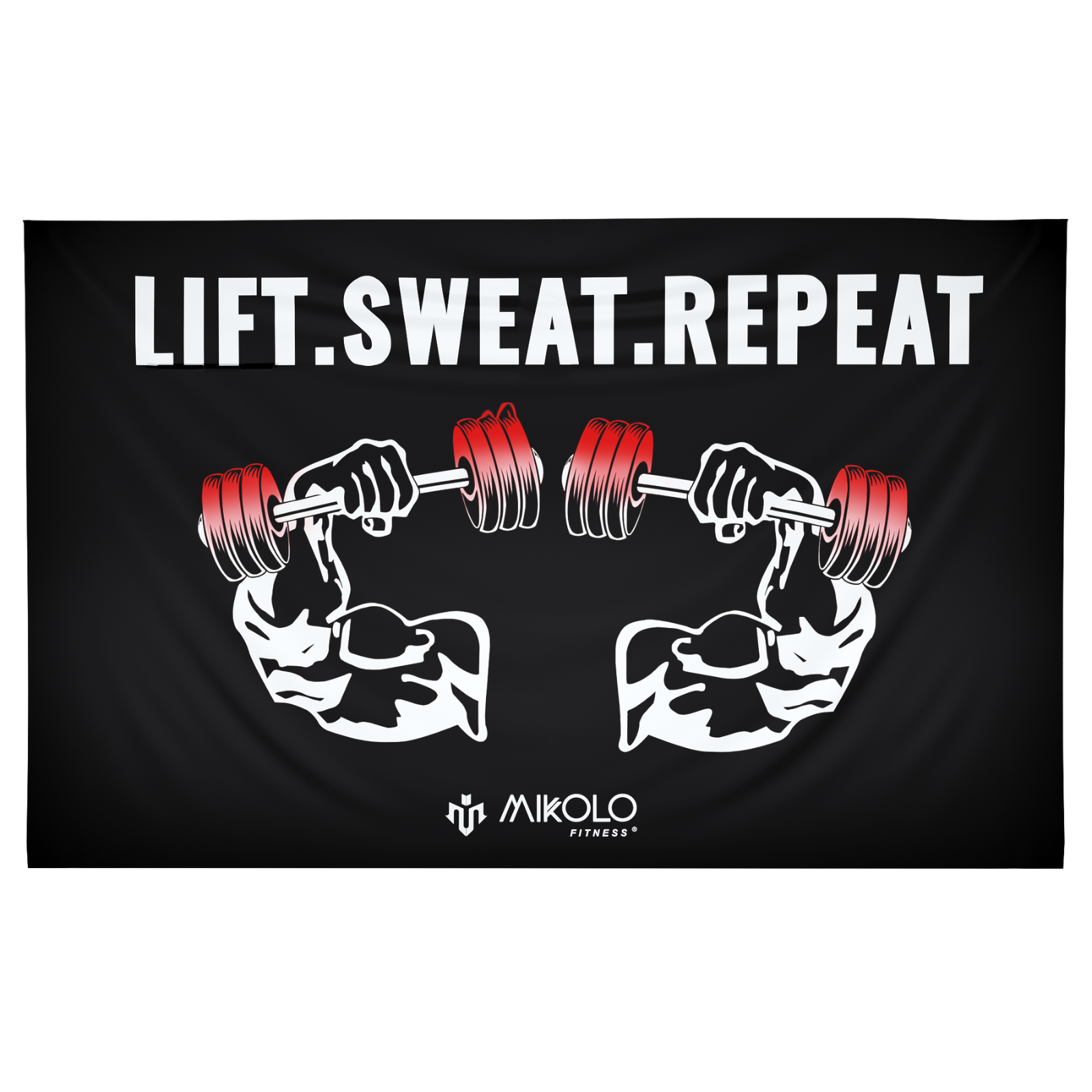

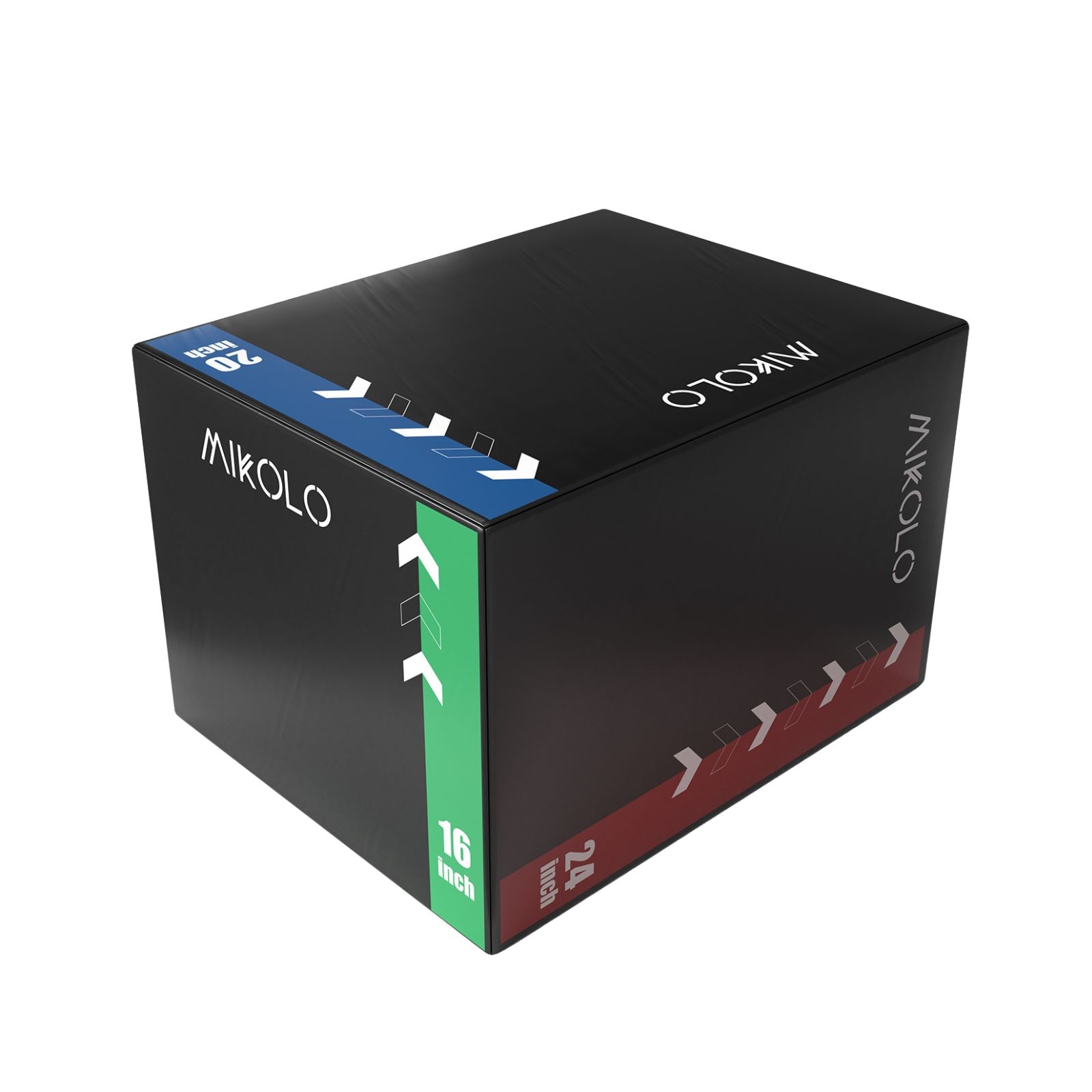

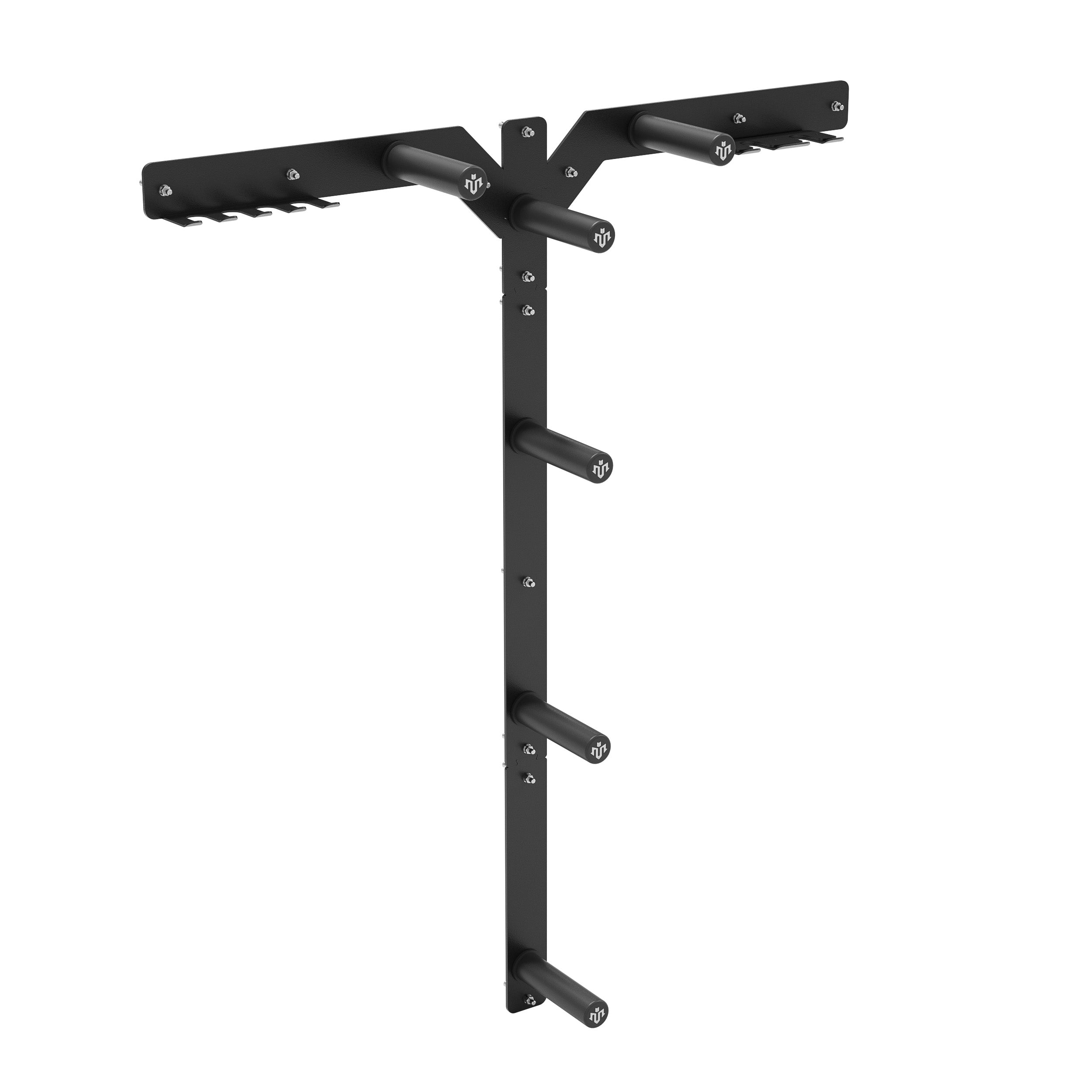




Leave a comment
This site is protected by hCaptcha and the hCaptcha Privacy Policy and Terms of Service apply.